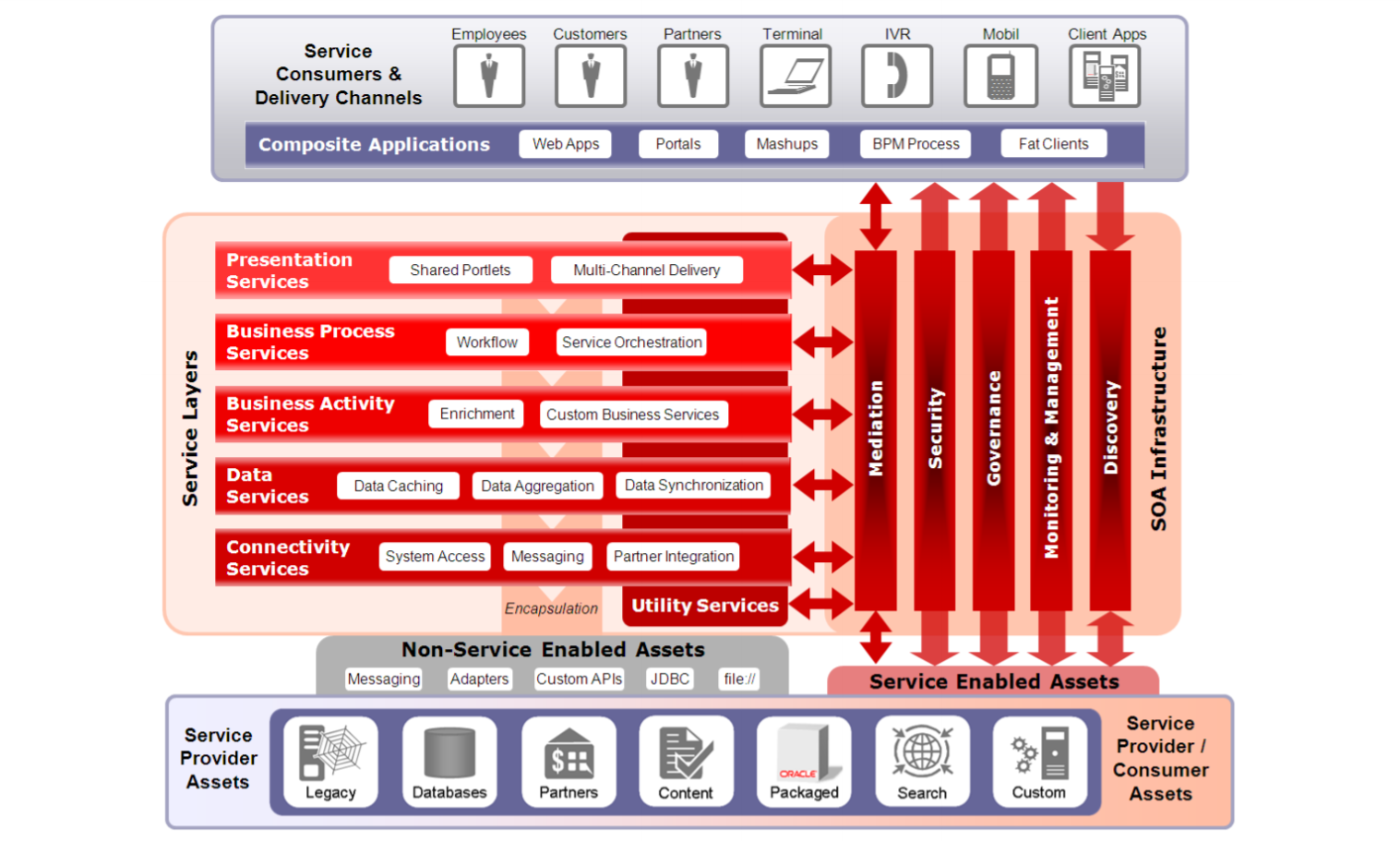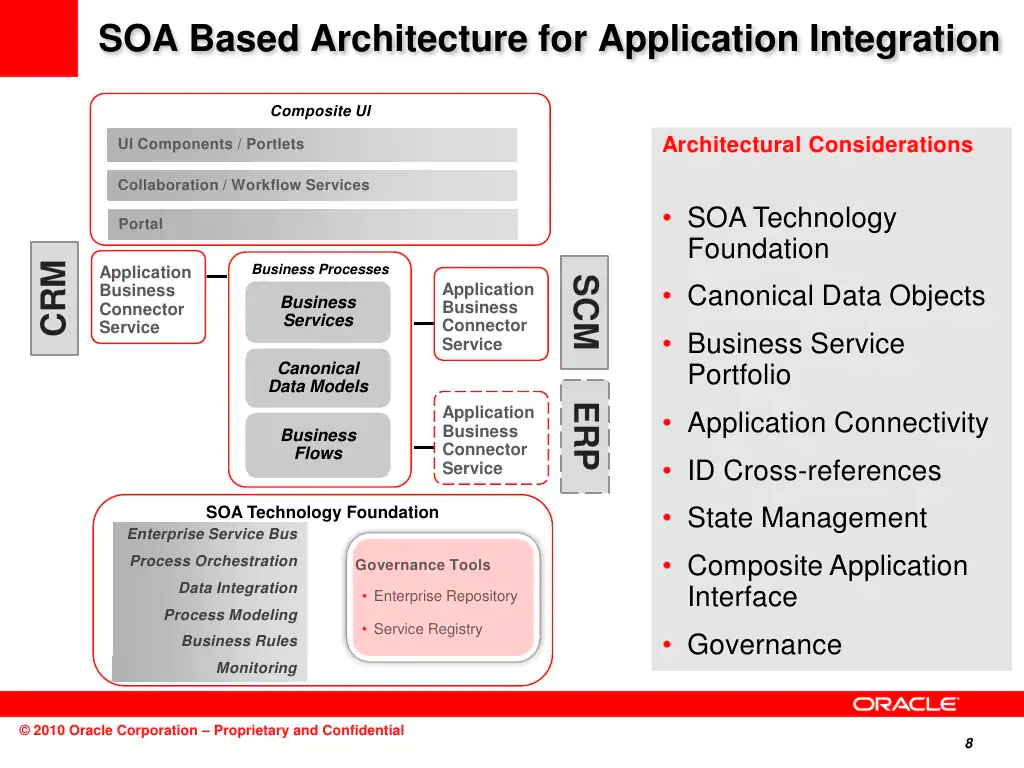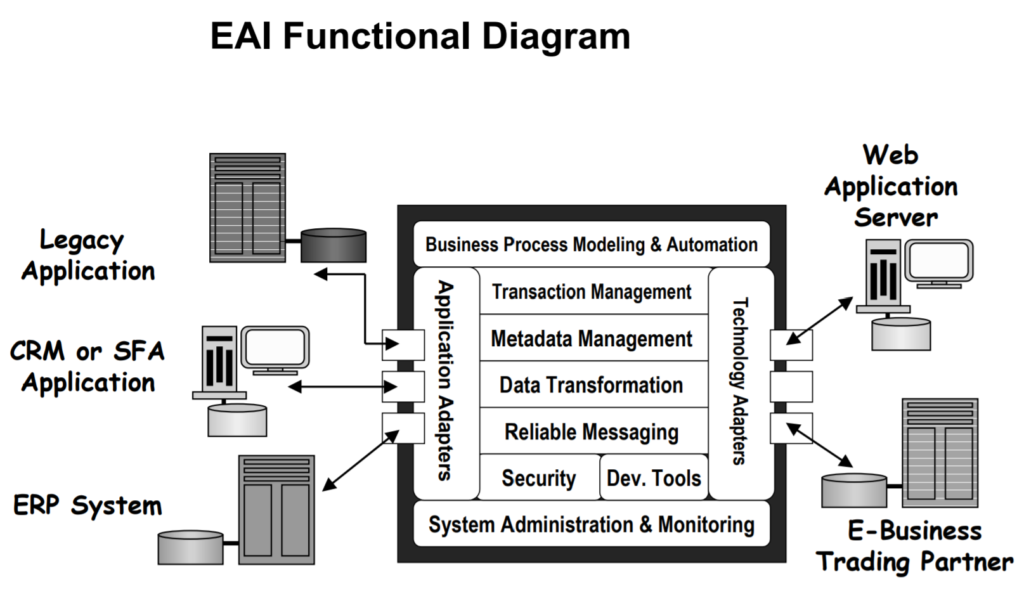What Is the Difference Between ETL and EAI?

Introduction
There has been some talk lately about intersection between enterprise application integration (EAI) and Extract, Transform, Load (ETL) tools. Both approaches deal with transformation, metadata, connectors, and service-oriented architecture (SOA). They provide new capabilities for solving business intelligence and reporting issues and are an essential part of enterprise information management (EIM). ETL is used for data integration, while EAI is used for application integration.
In this post, I research in what way these concepts differ and what they have in common.
 Enterprise application integration architecture (image credit)
Enterprise application integration architecture (image credit)
Entities vs. processes
In brief, an ETL tool takes entities from one or more data sources and puts them into a target. These entities can be invoices, contacts, budgets, etc. It’s not the order of things that is important to a data model, but the relations existing between the entities. The ETL tool coordinates multiple entities and their relationships as data objects.
An EAI tool coordinates multiple entities and their relationships within a given process. EAI deals with transactions within the process, not with entities. In this case, the order in which things happen is vital, and the relationship within entities is less important than the relationship within transactions.
 A sample EAI diagram (image credit)
A sample EAI diagram (image credit)In other words, EAI is generally process-oriented, while ETL is generally entity-oriented.
Convergence vs. divergence
ETL is about moving and transforming large amounts of data from many sources into one place. This process can be referred to as convergence. EAI, in its turn, is often used to move small amounts of data, spreading these transactions across various systems, which is known as divergence.
Business case
ETL is utilized for data migration and data integration to enable better decision-making. EAI is utilized for the optimization of processes and workflows, as well as to make sure that data is entered only once and is properly used by systems and applications. The business case for ETL use is BI, decision-making, while EAI is used for IT, e-business, and better workflows.
From what I’ve learned, ETL and EAI tools are unlikely to merge completely. Though they are both important for the enterprise information management market, each tool is used for different purposes, and sometimes you have to combine them. Each concept is likely to remain and have its own adopters.
For more on the topic, read these two great documents from Oracle: Reference Architecture and Service Orientation report and a detailed overview of the company’s approach to SOA.
Further reading:
- SOA Risk Mitigation
- Data Federation vs. Data Warehousing vs. Data Integration
- ETL vs. ESB from Apatar’s Point of View











